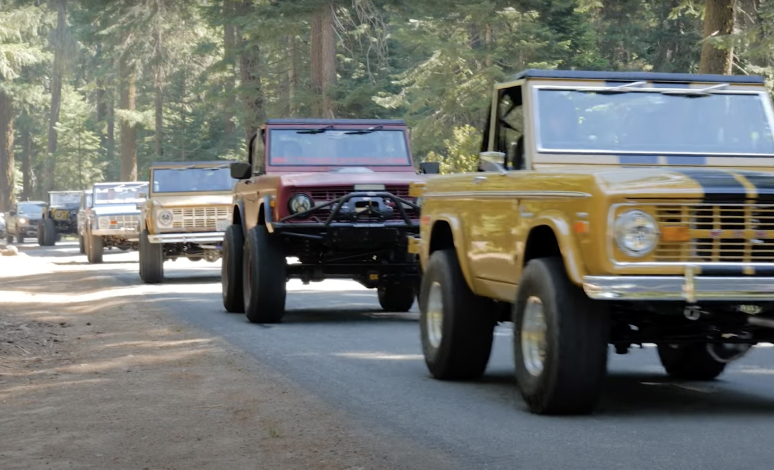H-Block/Prop Valve Brake Warning Switch Adjustment
The stock Early Bronco was equipped with a Brake Warning Light on the dash which is used to indicate when there is a loss of brake fluid pressure to the front or rear brake system. When this loss of pressure occurs, the brake imbalance switch in the Brake Junction Block/Prop Valve will be pushed off-center within the valve and trigger the brake warning light on the dash to turn on. This is a safety feature to let you know that there is a problem with your braking system that should be given immediate attention.
First, figure out the problem (leaky wheel cylinder, damaged brake line, new Power or Disc Brake Kit installation, etc.). Once the problem has been fixed, the brake warning light can be reset by bleeding the front and rear brake systems. If you have bled the front and rear brakes and the brake warning light is still on, you will need to bleed either the front or rear brake system additionally until the brake pressure valve has been reset to center.
Here's how to do that.
Instructions
Check the Brake Master Cylinder on your Bronco and make sure the fluid in both reservoirs is within 1/4″ of the top of the reservoir.
Turn the ignition switch to On so that the brake light switch is lighted up. DO NOT START THE ENGINE!!!
Have someone sit in the driver’s seat to control the brake pedal while bleeding and to keep an eye on the brake warning light.
If the problem that caused the light to trip was in the front, start at the rear wheel cylinders. If the problem was in the rear brake system, start at the front wheel cylinders. Start by bleeding one of the wheel cylinders and attempt to bleed it until the brake pressure valve resets and the light goes off. If the light turns off and then back on, you have bled too much and will need to bleed the opposite wheel cylinder to compensate (if you were bleeding the rear wheel cylinder, you will need to move to the front and vice versa). If the light does turn off, have the person in the driver’s seat hold the pedal in that position and tighten the bleeder screw. Once the bleeder is tight, release the pedal and pump it a few times to make sure the light stays off. If the light stays off and the brake pedal is firm, the job is complete. Make sure your master cylinder reservoirs are refilled after the bleeding.
If the light does not turn off or has turned off and then back on, you will need to bleed the opposite side brake system (If you were bleeding the front, you will now bleed the rear and vice versa). Follow Step 4 with the opposite wheel cylinder until the light turns off. So long as the pedal is firm and the light is off, your brake fluid system should be good to go. If the pedal is not firm, then there is likely air in the lines and you will need to continue to bleed the brakes until this air is completely removed from the brake fluid lines (it is also possible with drum brakes that the brake shoes are out of adjustment which can cause excessive pedal travel).
More Ways To Get Help & Learn More
